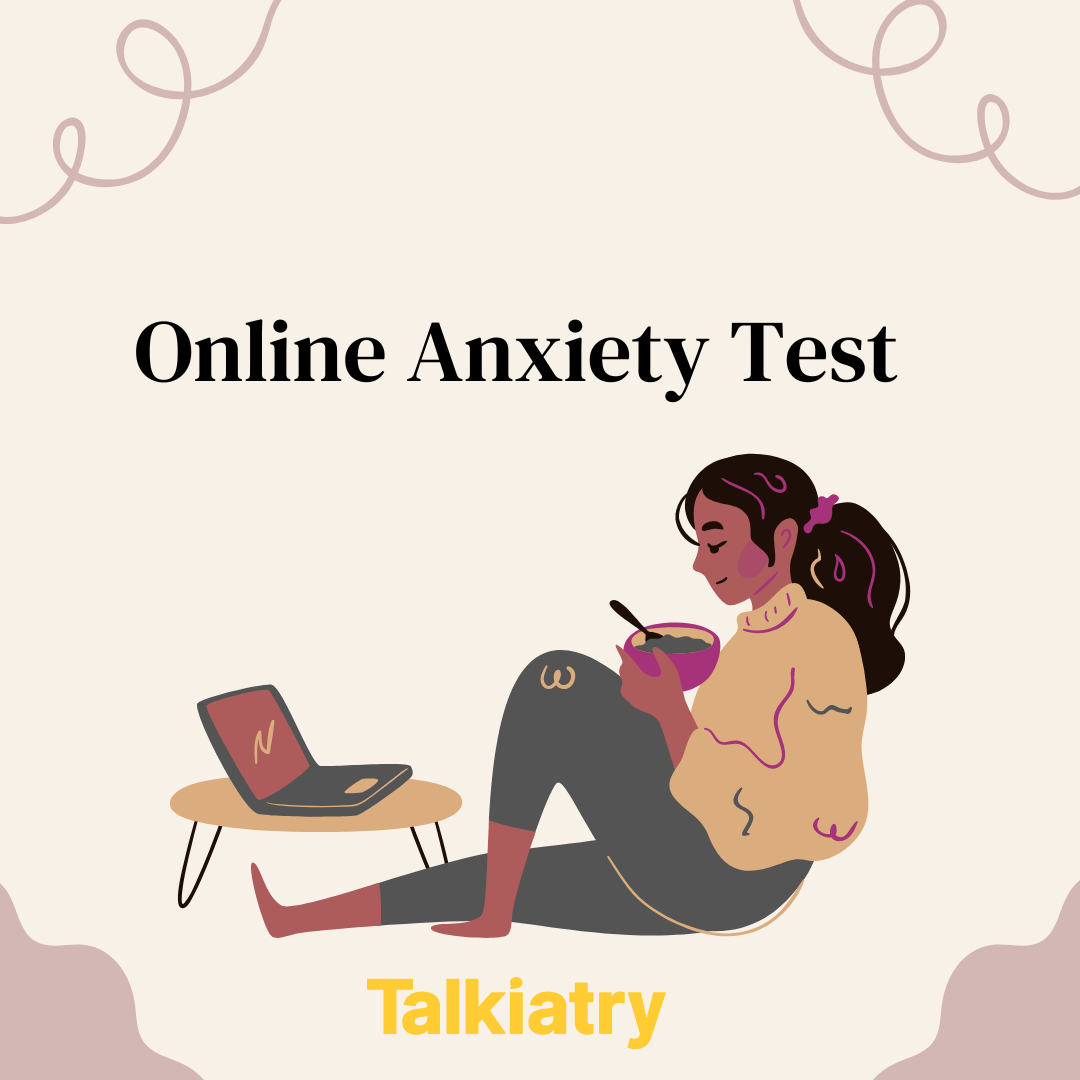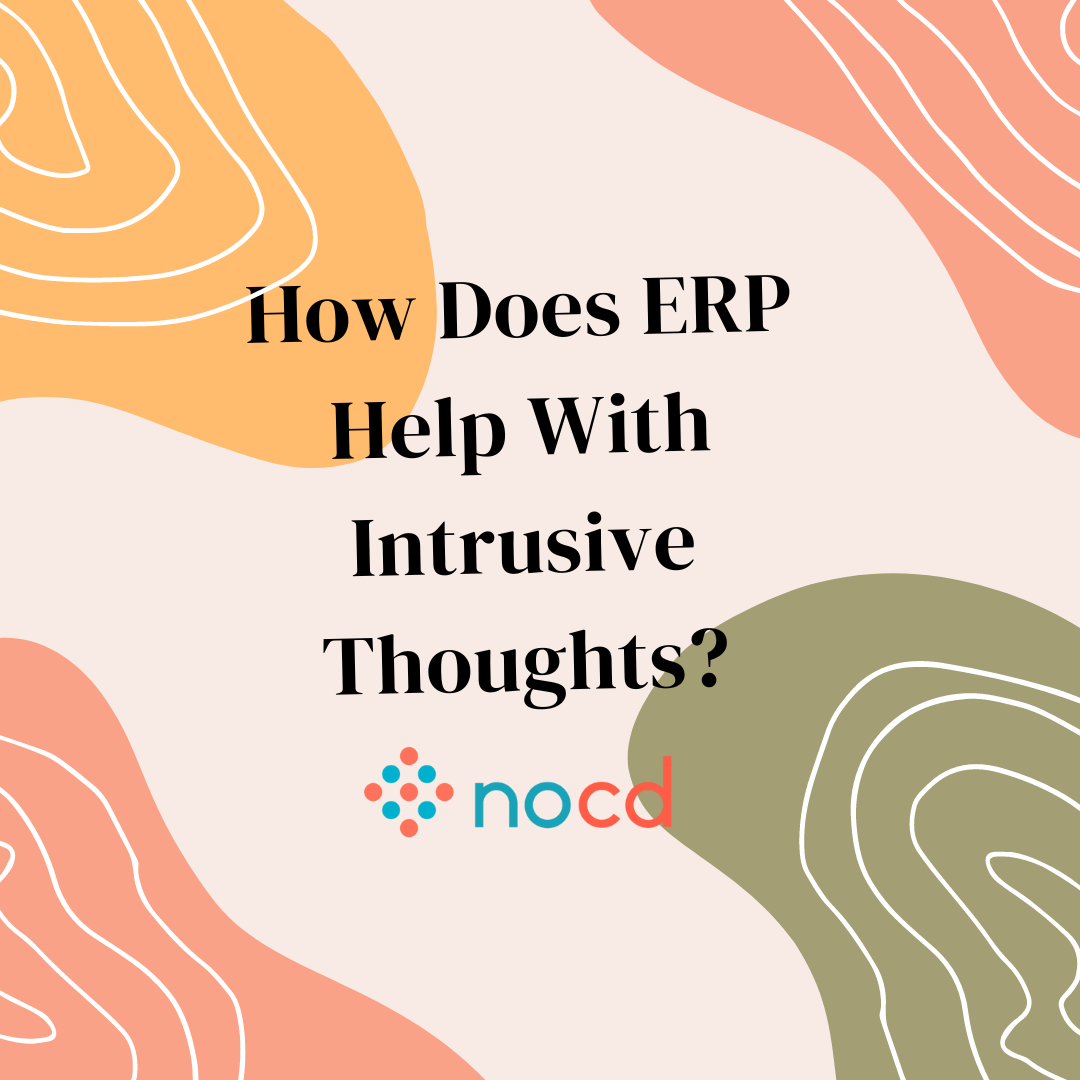Histrionic personality disorder (HPD) is characterized by inappropriate seductiveness, attention-seeking behavior, and unstable emotions. Those living with HPD struggle with a distorted self-image, resulting in their need to obtain the approval of others by engaging in flamboyant behaviors. People with HPD are often known to be “dramatic” or “over the top,” making it challenging to maintain healthy relationships.
Find a therapist who specializes in personality disorders.
BetterHelp has over 20,000 licensed therapists who provide convenient and affordable online therapy. BetterHelp starts at $65 per week. Take a Free Online Assessment and get matched with the right therapist for you.
What Is Histrionic Personality Disorder?
Histrionic personality disorder (HPD) is a personality disorder marked by a need for attention, being emotionally dramatic, seductive behaviors, and provocative actions. People with histrionic personality disorder can be flamboyantly theatrical and expressive, but their behaviors and emotions are often considered superficial. They can be described in positive ways as lively, exciting, and “the life of the party.”3
However, histrionic personality disorder also involves self-centeredness and thoughtless disregard for others. Those with HPD can be impatient and easily bored, leaving those around them feeling embarrassed by their exaggerated behaviors and emotional displays.4
Histrionic personality disorder is ego-syntonic, meaning that the person believes their behavior is normal and matches up with how they view their personality.5
How Common Is Histrionic Personality Disorder?
Overall, histrionic personality disorder is not very common, and just because someone who craves attention does not mean they have HPD. Rates of HPD in the general population vary, but some studies find that 0.9% of the population have this condition. Also, histrionic personality disorder in men was previously considered rare, though recent findings show it is nearly equal to HPD in women.1
Signs of Histrionic Personality Disorder
Signs of histrionic personality disorder may vary, but those with HPD often pay a good deal of attention to their overall appearance. Overall, histrionic personality disorder behavior includes a higher level of overt sexual manipulation, flirtatiousness, and charm to maintain control over others and achieve rewards. In many cases, it is more likely for them to seek admirers whom they can manipulate for their own ends.
Common signs of histrionic personality disorder include:
- Frequent cosmetic enhancements
- Having a “larger than life” personality
- An excessive desire to be noticed or the center of attention
- Using charm and seduction to manipulate others
- Poor concentration and logical thinking
- Outward attempts to appear naive or helpless
- Behaving overly dramatic in social settings, despite embarrassing others
- Wearing provocative clothing to draw attention
- Acting sexually inappropriate with anyone, even strangers
- Exaggerating events or opinions for theatrics
Top Rated Online Therapy Services BetterHelp – Best Overall “BetterHelp is an online therapy platform that quickly connects you with a licensed counselor or therapist and earned 4 out of 5 stars.” Visit BetterHelp Online-Therapy.com – Great Alternative In addition to therapy, all Online-Therapy subscriptions include a self-guided CBT course. Visit Online-Therapy.com
Symptoms of Histrionic Personality Disorder
Histrionic personality disorder symptoms include a pervasive pattern of attention-seeking behaviors and emotional dysregulation. HPD symptoms cause people to unconsciously continue destructive patterns without realizing they are ineffective, which can create difficulties with family, friends, and intimate relationships.
Common symptoms of histrionic personality disorder include:
- Becoming uncomfortable when receiving enough attention
- Seductive or provocative behavior
- Shifting and superficial emotions
- Believing that relationships are more intimate than they are
- Theatrical or dramatic emotions
- Being gullible and easily influenced by others
- Self-centeredness
- Manipulative behaviors
- Poor impulse control
- Being highly sensitive to criticism
- Attention seeking behavior
- Becoming easily frustrated or bored
- Constant needs for reassurance and approval
What Causes Histrionic Personality Disorder?
The exact causes of histrionic personality disorder are unknown.3,5,7 It is believed that HPD develops due to a combination of genetics, environment, and parenting. Some researchers suggest that caregivers who are volatile, erratic, dramatic, and sexually inappropriate put their children at risk for the disorder.
Possible histrionic personality disorder causes and risk factors include:4
- Childhood trauma: Like other personality disorders, people with a history of trauma could increase the risk for HPD.
- Genetic factors: Because rates of HPD are low, it is challenging to find a clear link between genetic factors and HPD, but other personality disorders can have a heritable component.
- Parenting styles: Parenting styles may contribute to HPD when parents are more demanding or disconnected.
- Verbal abuse: Like childhood trauma, a history of abuse or neglect could lead to HPD.
Complications of Living With HPD
HPD will produce many complications and functional consequences. Life with HPD will be marked by highs, lows, and serious relationships issues.
Below are possible complications of living with histrionic personality disorder:
- Poor relationships: Relationships will be intense and passionate, but fleeting and ultimately unfulfilling.
- Somatic symptom disorder: There is a strong link between HPD and somatic symptom disorder. These people could experience a range of physical health issues.
- Panic attacks: High stress and anxiety could result in panic attacks.
- Conversion disorders: Now called functional neurological symptom disorder, people with conversion disorder could experience physical health complications linked to HPD.
- Depression: HPD has numerous ups and downs, which could result in low mood and depression.
- Bullying behaviors: HPD is a condition that affects the individual as well as the people around them. It could lead to bullying and aggressive behaviors.
Histrionic Personality Disorder Treatment Options
There are no identified evidence-based treatments for histrionic personality disorder, but research indicates that those with HPD require supportive, individual psychotherapy that offers encouragement in a non-threatening environment. Therapy for histrionic personality disorder can be effective in improving self-esteem, reducing and managing emotional distress, and teaching skills that may have been lacking.
Treatments for histrionic personality disorder may include:
- Psychodynamic therapy: Psychodynamic therapy focuses on gaining insight and delving into underlying conflicts. Clients work to understand and resolve traumatic conflicts and decrease emotional instability.
- Cognitive behavioral therapy (CBT): CBT emphasizes learning the relationship between thoughts, emotions, physical sensations, and behaviors to change unhelpful patterns of behavior.
- Biofeedback Therapy: During a biofeedback therapy session, stressful body changes are electronically monitored and observed by the client. The monitor provides feedback so the client can see how new behaviors decrease physical, psychological, and emotional distress.
- Family therapy: Therapy involving the family could be important for HPD. This treatment could improve communication and reactions to unwanted behaviors.
- Group therapy: Group therapy for a personality could result in excellent progress, but caution must be taken to avoid members triggering each other’s symptoms.
- Medication: There are no specific FDA-approved medications for histrionic personality disorder. However, symptoms of another mental health condition can be treated with medications. In this case, antidepressants like SSRIs, mood stabilizers, or antipsychotics may be recommended by a provider. Someone must be assessed by a psychiatric provider if medication is sought as an intervention.
How to Get Professional Help
It is important to seek histrionic personality disorder specialists with training and experience. However, finding a qualified therapist to treat histrionic personality disorder can be somewhat difficult. Do not be afraid to ask therapists about their education and treatment philosophy.
Obtaining the best treatment for you means goals can be accomplished within a safe environment as quickly as possible. You can find the right therapist through a referral from your primary care physician or by using an online therapist directory.
How to Cope With Histrionic Personality Disorder
Learning how to deal with histrionic personality disorder can be a challenging proposition for the individual and their loved ones. Histrionic personality disorder can affect a person’s health, happiness, and overall well-being, so learning the best ways to cope is essential.
Below are tips for managing histrionic personality disorder symptoms:
- Get an accurate diagnosis: Just having clear, specific information will help make sense of your challenges. It takes the mystery out of the question, “What’s wrong with my life?” Therapists offer reassurance that change is possible and that a fulfilling life is within reach.
- See a therapist: Therapy can help you identify where your life goes awry. Having someone who truly understands and recognizes histrionic personality disorder will provide an opportunity for personal growth. Gaining insight and learning new skills can be positively life-changing.
- Consider medication: Managing HPD may include seeking psychiatric medical assistance for symptoms of depression, anxiety, PTSD, or physical ailments. Effectively treating one aspect of your condition can leave room for more effort to address other negative impacts. Also, making changes in small steps is more likely to result in continued commitment to change.
- Practice mindfulness: Learn and practice a mindfulness routine, such as Yoga, Qi Gong, Tai Chi, or meditation. This can go a long way to reducing emotional instability. Mindfulness is a great way to reduce stress as it positively impacts your mind, body, and emotions. It doesn’t cost anything except some time and determination.
How to Help Someone With Histrionic Personality Disorder
Helping someone with HPD will take a lot of energy, effort, and patience. Even then, you may not be able to make a desirable impact on the person’s life. Trying is always worthwhile, though.
Below are some tips for helping someone with histrionic personality disorder:
- Practice radical acceptance: This is a concept found in dialectical behavioral therapy (DBT) that encourages one to accept the situation without judgment. It does not mean you have to like or condone it, rather realize and accept that it is the present reality.
- Educate yourself: Become educated about HPD and find the empathy to mentalize how those with the disorder feel. This will enable you to communicate with them in a helpful manner, rather than resorting to unhealthy communication, such as ignoring an individual with HPD.
- Set and maintain boundaries: Setting healthy boundaries means making it clear what you will and will not tolerate. Maintain these without giving in to your loved one’s behavior.
- Address manipulative behaviors: This is particularly important when the manipulation is sexualized. Giving in positively reinforces the effectiveness of inappropriate behavior.
- Practice self-care: Find ways to care for your own mental, physical, and emotional health. Maintain personal time, see a therapist, join a group, or take a walk. Do whatever makes you feel grounded, peaceful, and energized.
Final Thoughts
Like with other personality disorders, HPD can create a seriously unwanted impact on a person’s health and well-being. Working to establish a clear diagnosis, reaching out for professional help, and being consistent with treatment options will produce the best chances for success. Learning about histrionic personality disorder and noticing the influence in your life help you avoid and prevent the symptoms from taking over.
Additional Resources
To help our readers take the next step in their mental health journey, Choosing Therapy has partnered with leaders in mental health and wellness. Choosing Therapy is compensated for marketing by the companies included below
Talk Therapy
Online-Therapy.com – Get support and guidance from a licensed therapist. Online-Therapy.com provides 45 minute weekly video sessions and unlimited text messaging with your therapist for only $64/week. Get started
Psychiatry, with you in mind
Talkiatry – Our Psychiatrists Can Diagnose Your Condition, Prescribe Medication, And Monitor Your Progress. Most psychiatry visits cost patients $30 or less* Free Assessment
Starting Therapy Newsletter
A free newsletter for those interested in learning about therapy and how to get the most benefits out of therapy. Get helpful tips and the latest information. Sign Up
DBT Skills Course
Jones Mindful Living Dialectical Behavior Therapy (DBT) is a popular treatment for BPD. Learn DBT skills with live weekly classes and online video courses for only $19 per month. Free One Week Trial
Choosing Therapy Directory
You can search for therapists by specialty, experience, insurance, or price, and location. Find a therapist today.
*Includes copayment, deductible, coinsurance, and $0 Visits. Excludes no shows.
For Further Reading
Online Anxiety Test A few questions from Talkiatry can help you understand your symptoms and give you a recommendation for what to do next. How Does ERP Help With Intrusive Thoughts? Obsessive compulsive disorder (OCD) is a psychiatric condition marked by the presence of obsessive thoughts, images, doubts, or urges, followed by compulsive behaviors or acts aimed at easing the distress caused by the obsession. While the content of the obsessions can take many forms, they are always repetitive, persistent, involuntary, and intrusive, and they often result in a great deal of anxiety for the person experiencing them.

Find a therapist for personality disorders
Get the help you need from a therapist near you
City or zip Search



